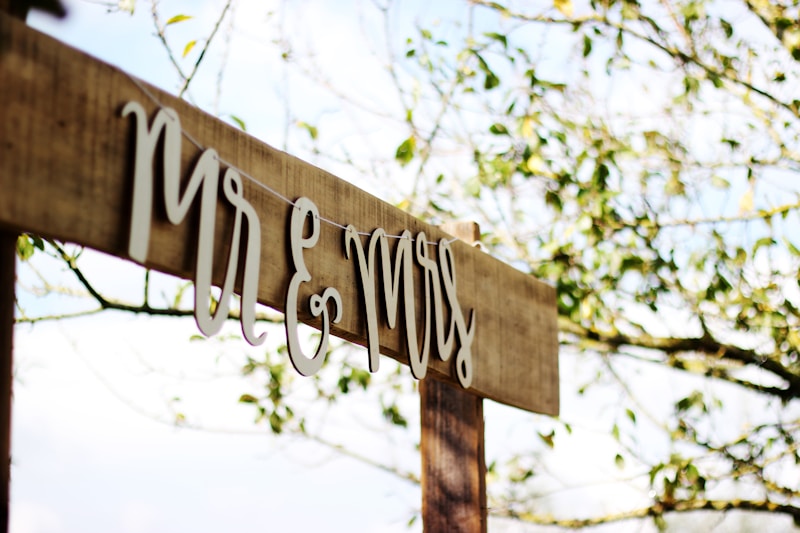Creating a Wedding Dress Budget Spreadsheet: A Complete Guide for Brides-to-Be
Planning a wedding can be one of the most exciting yet overwhelming experiences for brides-to-be. Among the many elements to consider, choosing the perfect wedding dress stands out as a significant decision. The cost of wedding dresses can vary greatly based on design, fabric, and designer brand. To simplify your experience, creating a wedding dress budget spreadsheet is essential. This guide will walk you through the process, helping you to stay organized and within budget while making your dream a reality.
Why You Need a Wedding Dress Budget Spreadsheet
Budgeting for your wedding dress can prevent stress later in the planning process. A wedding dress budget spreadsheet helps you track expenses, compare prices, and makes the entire selection experience more manageable. Here are some compelling reasons to develop your spreadsheet:
- Transparency: It offers a clear view of what you can afford, ensuring you don’t overspend.
- Organization: All your thoughts and choices are compiled in one easy-to-access document.
- Flexibility: You can adapt the spreadsheet as your preferences and expenses change.
Essential Components of a Wedding Dress Budget Spreadsheet
Creating a comprehensive budget spreadsheet involves gathering information for various aspects of your wedding dress expenses. Below are the key components to include:
| Item | Estimated Cost | Actual Cost | Notes |
| Wedding Dress | $1,500 | $0 | Research designs and fabrics |
| Alterations | $300 | $0 | Consider fitting adjustments |
| Accessories (veil, shoes, etc.) | $200 | $0 | Match with the wedding dress |
| Cleaning & Preservation | $150 | $0 | Protect your dress after the wedding |
How to Create Your Wedding Dress Budget Spreadsheet
Follow these simple steps to create a practical budget spreadsheet for your wedding dress:
- Choose Your Spreadsheet Tool: You can use software like Microsoft Excel, Google Sheets, or any budgeting app that allows for customization.
- Create a New Document: Title your spreadsheet something like "Wedding Dress Budget" to keep it identifiable.
- Input Categories: Set columns for each component of your budget, such as estimated cost, actual cost, and notes.
- Research Costs: Spend time researching dress styles, designer brands, and potential alterations to get an accurate estimation.
- Track Your Spending: As you shop, keep the spreadsheet updated to reflect actual costs, ensuring you stay within your budget.
Tips for Sticking to Your Wedding Dress Budget
Staying within budget is crucial during wedding planning. Here are some tips to help you manage your finances while shopping for your dress:
- Set a Realistic Budget: Understand what portion of your overall wedding budget should be allocated to the wedding dress.
- Consider Sample Sales: Look for sample sales where you can find quality dresses at a fraction of the original price.
- Choose Simplicity: Sometimes, less is more. A simple yet elegant dress can significantly decrease costs related to fabric and embellishments.
- Ask for Help: Enlist the help of family or friends for DIY alterations or to hunt for budget-friendly accessories, which can save you money.
Common Questions About Wedding Dress Budgeting
As you move forward with your wedding dress budgeting, here are some common queries you may encounter:
- How much should I spend on a wedding dress? The average price for a wedding dress can range from $1,000 to $3,000, but it's vital to determine what fits comfortably within your budget.
- What additional costs should I consider for my dress? Besides the dress itself, be sure to factor in alterations, accessories, and cleaning costs.
- What if my dream dress is out of my budget? Consider second-hand options or look for similar styles that offer the same aesthetic without the high price tag.
- How can I save on alterations? Research tailors before committing, and compare prices to find the best quality at the right price.

Final Thoughts and Recommendations
Creating a wedding dress budget spreadsheet is a strategic step in ensuring your wedding planning goes smoothly. By keeping track of your expenses and researching thoroughly, you can find a beautiful dress that aligns with your budget. Remember, a successful wedding is not necessarily about how much you spend, but about how well you plan and create a memorable experience for you and your loved ones.
In conclusion, starting your wedding dress budgeting early and remaining flexible will empower you to make informed decisions. Think about additional sources of inspiration and support from friends and family to assist in your quest for the perfect dress. Happy planning!